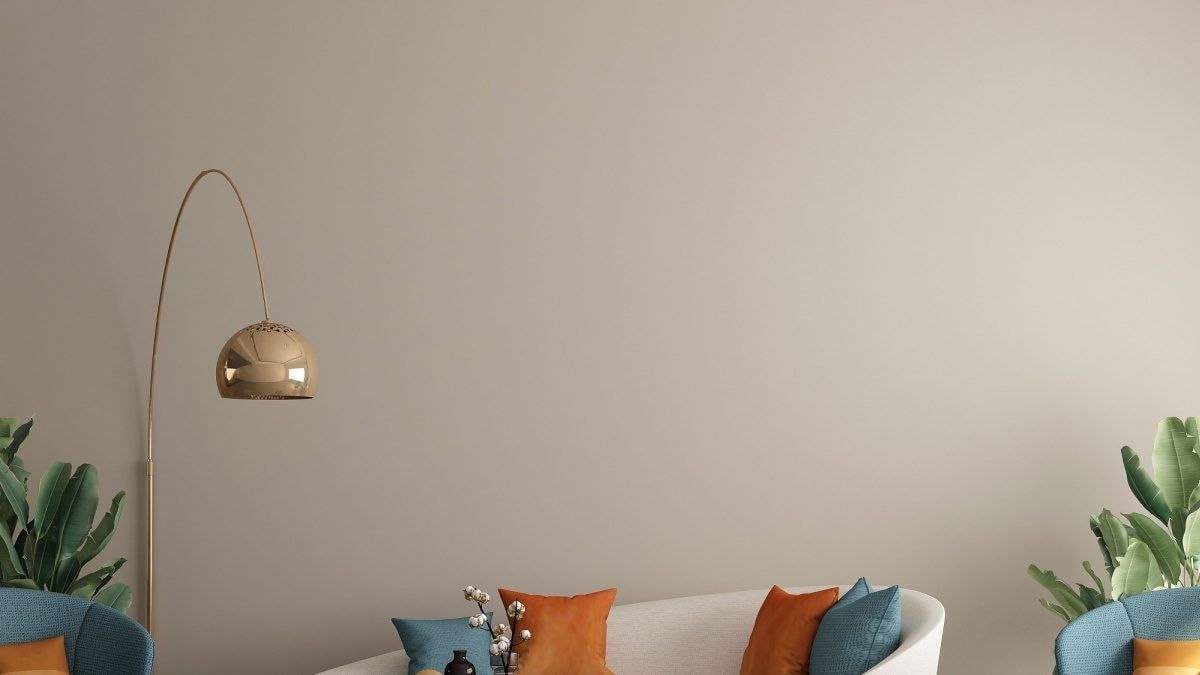By focusing on health, comfort and environmental impact, sustainable home decor improves the overall quality of life for its inhabitants.
Incorporating sustainable and minimal materials into home décor and design brings numerous benefits, from reducing environmental impact to improving indoor air quality and increasing natural light.
The trend towards sustainability and minimalism in home décor and design is not just about aesthetics, but also about creating a healthier, more efficient and environmentally friendly living space. Experts Tushar Joshi, Founder of Utkarsh Vastukarn, and Nikita Mohan, Founder of Vilasa Luxury Living, give us their insights on how these materials can bring about significant changes in home design.
- Reduced environmental impactTushar Joshi highlights the environmental benefits of using sustainable materials. “Eco-friendly materials reduce waste, conserve resources and minimise damage to the environment,” he says. By choosing materials that are renewable and have a lower carbon footprint, homeowners can significantly reduce their environmental impact.
- Simplified aestheticsJoshi also highlights how minimalist materials contribute to a streamlined visual style. “Minimal materials often result in a simpler, more streamlined aesthetic,” she explains. This approach not only declutters the space, but also creates a calm, clutter-free environment.
- Greater functionalitySustainable design often prioritizes functionality, a point that Joshi underscores. “Sustainable design emphasizes functionality, making spaces more efficient and useful,” he notes. This approach ensures that every element of the home serves a practical purpose, improving overall usability.
- Improving indoor air qualityA key benefit of green materials is their impact on indoor air quality. “Green materials reduce harmful chemicals and toxins, creating a healthier indoor environment,” Joshi notes. This is especially important for maintaining a healthy living space that is free of pollutants and allergens.
- Unique and recovered designsRecycled materials, such as reclaimed wood, add a unique charm to home decor. “Reclaimed materials add character and history to a space,” says Joshi. Not only do these materials tell a story, but they also contribute to a more sustainable approach by reusing existing resources.
- Timeless appealNikita Mohan believes that sustainable design has a timeless quality. “Sustainable design focuses on longevity, creating spaces that remain beautiful and functional over time,” she says. This approach ensures that homes do not require frequent updates or renovations, saving resources and reducing waste.
- Reduced maintenanceDurability is another benefit of sustainable materials. “Durable and sustainable materials typically require less maintenance,” Mohan notes. This longevity means homeowners can enjoy their décor with less effort and expense over time.
- Cost effectivenessWhile the initial investment in sustainable materials may be higher, Mohan highlights their long-term financial benefits. “Sustainable materials can pay off in the long run, as they reduce waste and last longer,” he explains. This cost-effectiveness makes them a smart choice for budget-conscious homeowners.
- More natural lightBoth Joshi and Mohan agree on the importance of natural light in minimalist design. “Minimalist designs often incorporate larger windows, which maximises natural light and reduces the need for artificial lighting,” says Mohan. Not only does this reduce energy consumption, it also creates a more welcoming and stimulating atmosphere.
- Holistic wellnessFinally, sustainable design prioritizes the well-being of occupants. “Sustainable design creates spaces that promote holistic well-being,” Mohan emphasizes. By focusing on health, comfort, and environmental impact, sustainable home decor improves the overall quality of life for its inhabitants.
Incorporating sustainable and minimalist materials into home decor and design brings numerous benefits, from reducing environmental impact to improving indoor air quality and increasing natural light. Experts Tushar Joshi and Nikita Mohan offer valuable insight into how these practices can transform living spaces into healthier, more efficient, and aesthetically pleasing environments.












